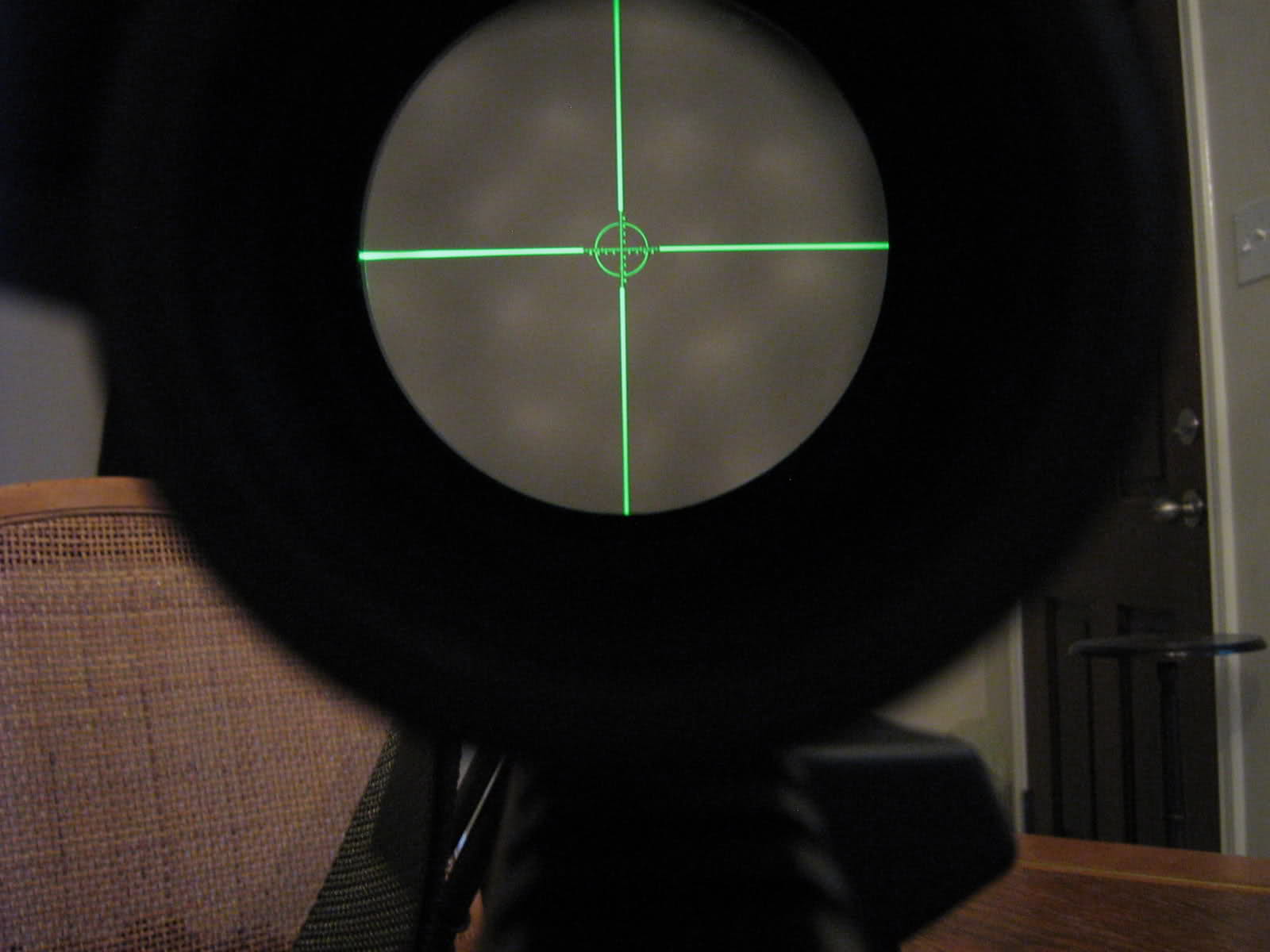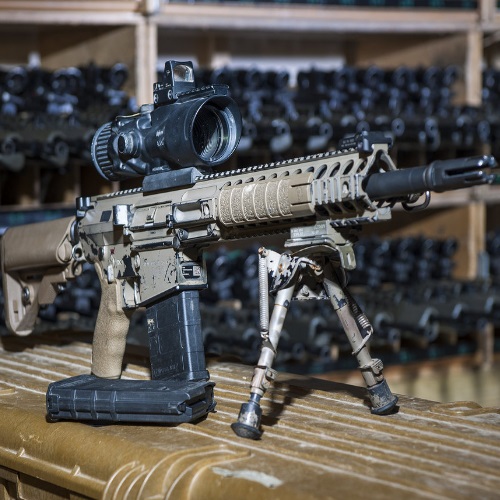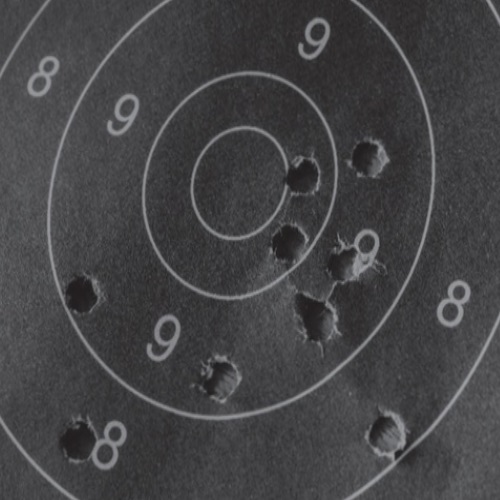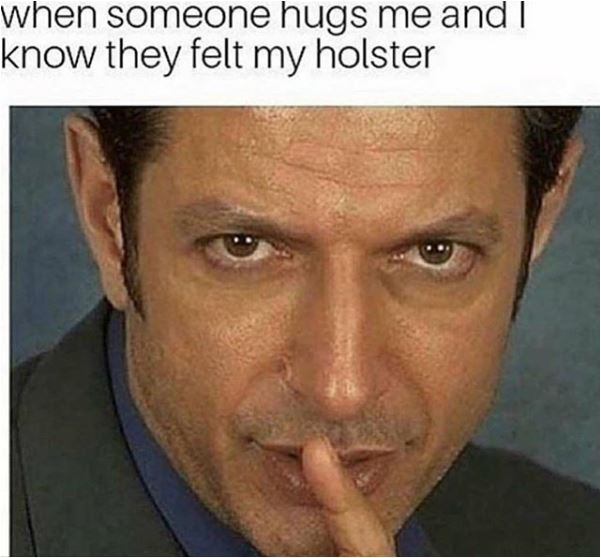Table of Contents
Historically speaking, Mankind has always been recognized as a hunter-gatherer species. For thousands of years, we used to hunt with spears, bows, knives, and the like. Some people still prefer to hunt with those survivalist methods and tools. I must admit, I always found that there is a certain dignity to standing face-to-face with your prey.
Most of us no longer hunt for sustenance and survival. These days, firearms have taken over the scene, and hunting rifles are the mainstream weapon of choice. One thing which every hunter needs is a good scope for hunting rifle.
Using Rifle Scopes for Hunting
A lot of us don’t necessarily understand the idea behind a scope. There are many individuals who spend good money on a decent rifle, but then skimp when it comes to choosing a scope. This is usually a big mistake, which causes hunters to become frustrated with themselves and their weapons.
So, here are a few pointers which will help you find a hunting scope that is fit for your needs. Make sure to internalize these ideas. They may not all apply to you specifically, but they are all important to some degree. Using a scope can be the easiest thing in the world, if you know what you are doing.
First off – and this is true for anyone carrying a weapon – you need to understand the tools which are at your disposal, and know how to use them properly. So, let’s go over some of the scope’s basics.
A telescopic sight (aka scope) consists of several parts:
Objective Lens

The objective lens is a lens held in place by an objective lens bell. This is the lens which is aimed outward, and it is usually larger than the ocular lens through which we view our target. The objective lens is directly responsible for controlling the amount of light which comes through the scope.
Tube
The tube is the main body of the scope. It transmits the light to the viewer, and it is usually a standard diameter – 1 inch or 30mm. Some tubes are ¾ of an inch.
Eyepiece
The eyepiece is the part of the scope which holds the ocular lens. Next to it is usually a power ring (aka zoom ring), which determines the power of magnification.
Dials and Turrets
The dials and turrets facilitate the adjustment of windage and elevation. On hunting scopes, these are usually covered. Some models of scopes have a side focus on top of the two dials already mentioned. Some models have an objective ring dial, which adjusts the image. There are also models which have a dial in charge of turning on an illuminated reticle.

Now, let’s go over some of the concepts which will serve you in choosing the right scope for you.
Eye Relief
Usually consisting of a 2-4 inches, eye relief is the distance from which the image is visible. Longer relief means that your eye doesn’t need to be right up against the eyepiece. This offers protection from the dreaded “scope bite”. Scope bite is the name given to the injury which occurs when the recoil causes the rifle to hit the shooter’s eye or eyebrow. It is a common beginner’s injury, mostly. If the eye is further away from the rifle (longer eye relief), there is less chance of the face being struck by a recoiling rifle.
Field of View
This field is always measured at a standard of 100 yards, and the number given always refers to the width of view. A larger field of view is preferable, so if you are deliberating between several scopes with matching attributes, the field of view may be the tie-breaker.
Exit Pupil
The exit pupil is the name given to the amount of light which is passing through the objective lens. The way to calculate exit pupil is: objective lens / magnification power of scope = exit pupil. If magnification is increased, exit pupil will decrease. Times of dawn, dusk, and poor lighting conditions in general are where your objective lens (and exit pupil) really matter.
Fixed / Variable Lens
For many years, all telescopic lenses were with a fixed power of magnification. Then, lenses which offer a range of magnification capabilities were introduced. The advantage of a variable lens is that you can turn it up or down, in accordance with your needs. For closer shots, lower power; for longer shots, higher power.
Now that we have covered the basics of scope lore, it is time to focus on something crucial, which many shooters don’t fully appreciate: your scope should probably cost more than your rifle. This sounds a little odd. After all, the rifle is the main tool here, right? It doesn’t make sense. I mean, a scope without a rifle is pretty useless for hunting, so why would I spend more on it than on the rifle itself?
There are many scopes and sights geared towards the hunting crowd. Some of them are cheap pieces of plastic which barely merit the name “telescopic sight”, while others are actually good. Some of them are great. Here is the thing: while you may be tempted to purchase a cheap scope (thinking that “hey, a scope is a scope”), don’t give in to the temptation.
A good hunting scope – one one made of durable materials, high-quality glass, and which has accurate turrets – is going to cost some money. Don’t be afraid to plunk down the cash for a good scope. It can transform your game. A lower-quality scope will invariably be less expensive, but it can damage your overall experience in the long and short run.

Scopes come in a variety of reticles (formerly known as “crosshairs”), and you should choose a scope with a reticle which fits your intended use. Like many things having to do with firearm accessories, it is matter of personal preference. There are reticles which incorporate ballistics into the image. Some are illuminated, some include a dot, some are red, and others are black. Some are even designed to compensate for parallax (eye movement).
Some hunting scopes are designed for larger game, and some are designed for use on smaller game or varmints. Most hunting scopes come with turret covers, which help the sight stay zeroed. Hunting scopes are traditionally with lowered turrets, since dials or turrets which stick out may get caught in the bush, or snag different parts of the woods when you are getting into position.
So, there is more to scopes than meets the eye. If you are in the market for a good hunting sight, take your time. Do your research, and don’t settle on anything less than what is perfect for you.
- For shorter distance hunting, a 2x or 3x fixed scope, or alternatively a 1 – 4x variable scope will probably do the trick.
- For medium range shooting, a 4, 5, or 6x fixed scope should prove to be a good decision. A 3 – 8x variable scope will also work.
- For longer ranges, a 6x and up fixed scope should be the way to go. A 4-10x variable should also prove to meet your needs.
Some of the better companies out there are Bushnell, Nikon, UTG, and Leupold, to name a few. There are other good companies out there, which also make great optical accessories. Ultimately, it is a judgement call, and you are the one who will have to make it.



I find it fascinating that investing in a good rifle scope will make it easier to hunt your prey from afar. My brother asked me for ideas on how to start his new hunting hobby during summer. I’ll probably suggest that we visit a gun store where he could invest in a firearm and its accessories.